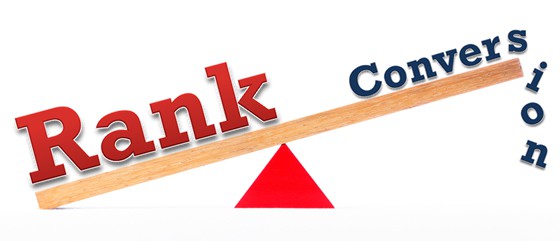Google is set to roll out a new update to the algorithm used to determine website rankings for the search engine. The Penguin 2.0 update is aimed to improve the search engine results page (SERP) for the user by providing high-quality results with more emphasis on authoritative websites.

It is anticipated the Google Penguin 2.0 update will result in a boost for companies who are dedicated to providing their clients with valuable, accurate information. Head of Google’s Webspam Team Matt Cutts addressed the following concerns related to the changes coming over the coming few months.
Editorials with Hidden Advertisements
Google’s quality standards dictate websites are not allowed to provide editorial articles that are hiding an advertisement. Any articles meeting this definition must be clearly labeled as an advertisement and the ability of these to pass page rank will be removed.
Spamming Google
Google plans to keep track of black hat developers by tracking conversations in forums. This means if website developers are looking for a way around guidelines by exchanging different types of spamming techniques these methods will be made ineffective.
Hacking and Webmaster Tools
Webmasters will stay better informed of any hacking to websites they manage when Penguin 2.0 is introduced. The update will be able to detect whether a website has been hacked and integrate with Webmaster Tools to notify the webmaster with better informaton to help them clean up their site.
Search Results
An increased quality in SERP listings is expected with Penguin 2.0. The update will allow Google to focus on certain keywords or phrases that are known to return results that are riddled with spam. Solutions are expected for these highly-spammed search queries. For example, people who search for payday loans or gambling websites can expect to see less spam in the future.
Cluster Search Results
Some web developers use unsavoury practices allowing a company website to appear multiple times in many of the top results of a search. Penguin 2.0 is set to keep these cluster results from happening as often in order to improve the quality of search results for the user.
There are many other updates coming with this change to the algorithm. The result is expected to be positive for businesses that dedicate themselves to providing high-quality, valuable information that complies with quality standards. Companies who are unsure about their compliance status should consult an SEO professional for assistance.

